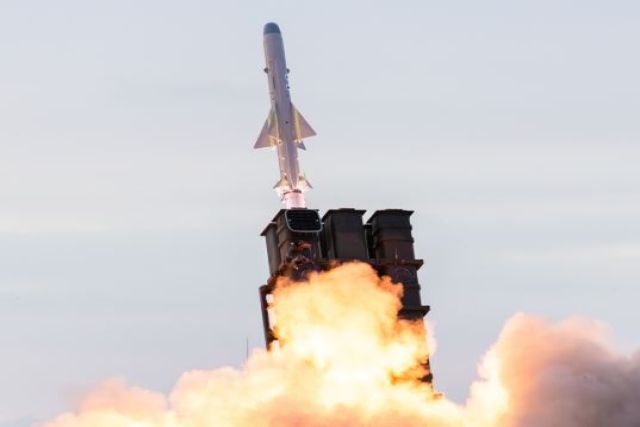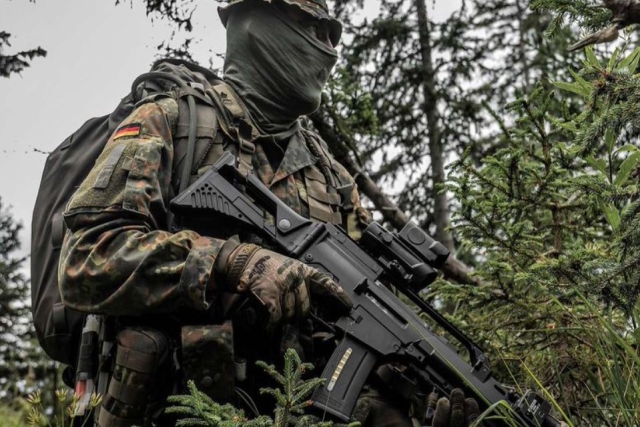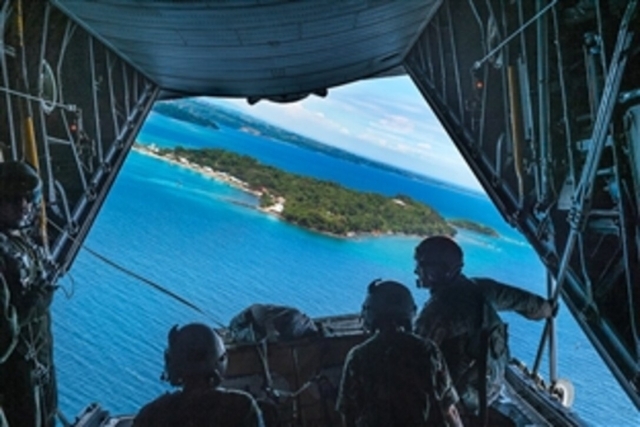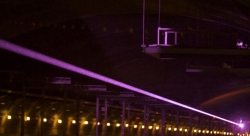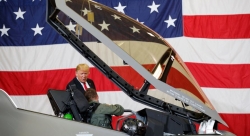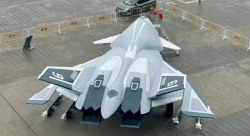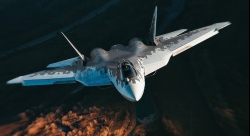IAF PHALCON AWACS to arrive by Jan-Feb 2009
Defence ministry sources said the first of the three Awacs, initially slated to be delivered in November 2007 under the $1.1-billion deal signed in March 2004, will now land in India by January-February 2009. In the huge project, three Phalcon early-warning radars are being mounted on Russian heavy-lift IL-76 military aircraft under a tripartite agreement among India, Israel and Russia. "There have been technical hitches in the integration work. But we are pushing the Israeli Aerospace Industries (IAI) to deliver the first Awacs before the end of this year," said a source. Awacs, or "eyes in the sky", will help IAF detect incoming hostile cruise missiles and aircraft much before ground-based radars, apart from directing air defence fighters during combat operations with enemy jets. For instance, an Awacs flying over Amritsar will be able to detect a Pakistani F-16 fighter as soon as it takes off from its Sargodha airbase. India, incidentally, signed a $210-million deal with Brazilian firm Embraer for three aircraft in July for its own indigenous miniature Awacs project. The indigenous AEW&C systems being developed by DRDO will be mounted on the three Embraer-145 jets, with the delivery of the first one slated for 2011-2012. The project is worth around Rs 1,800 crore. India, incidentally, is also on course to acquire four more Israeli Aerostat radars, at a cost of around $300 million, to bolster its ability to detect hostile low-flying aircraft, helicopters, spy drones and missiles. The IAF's case for the new Aerostat radars as a "follow-on" order to the two such EL/M-2083 radars, inducted from Israel in 2004-2005 for $145 million, has finally been cleared by the Defence Acquisitions Council, headed by defence minister A K Antony, now.
